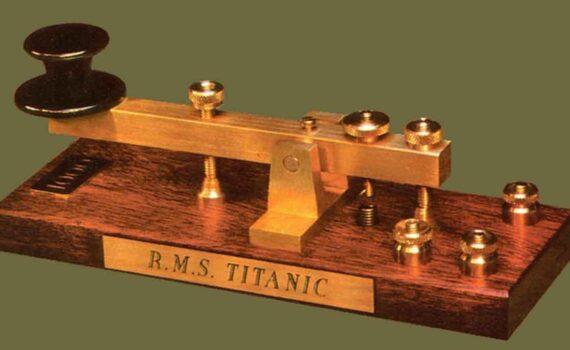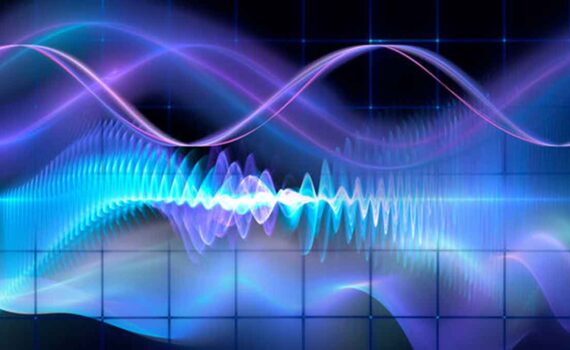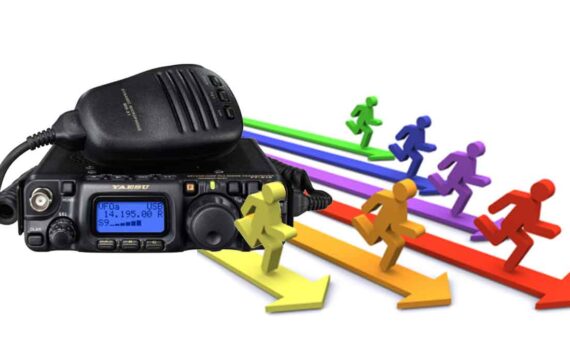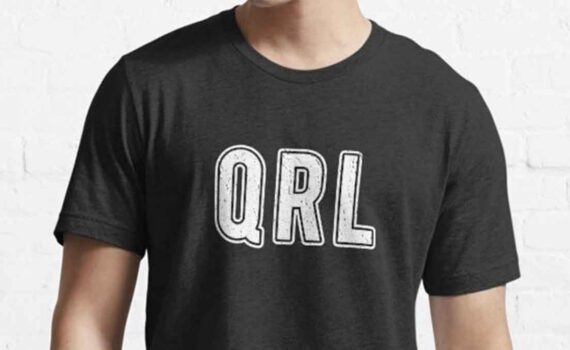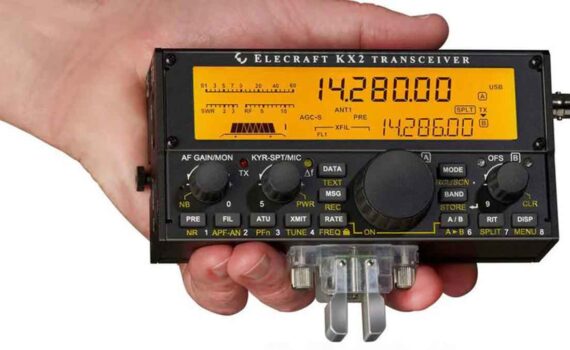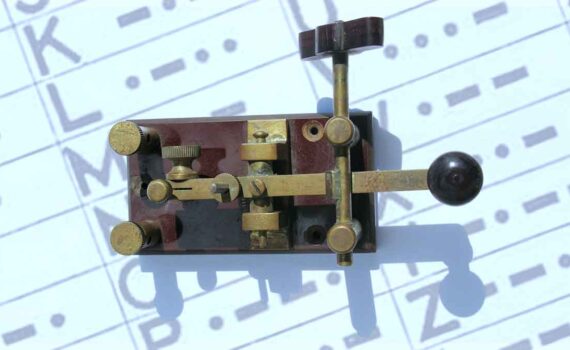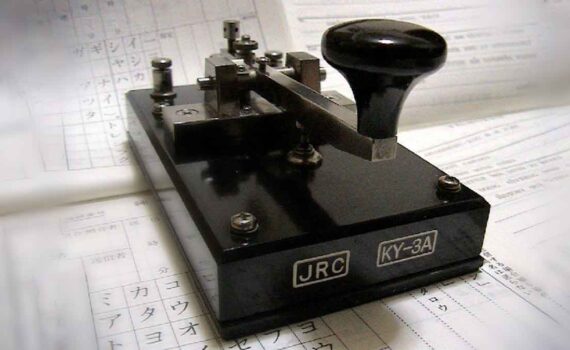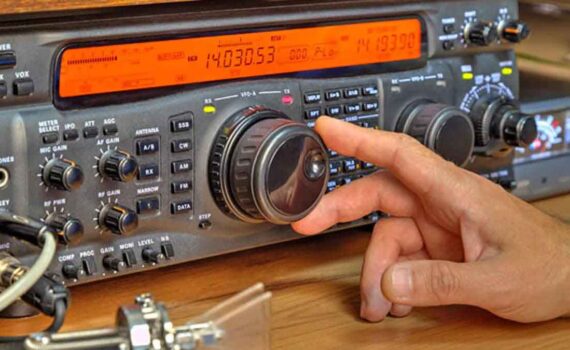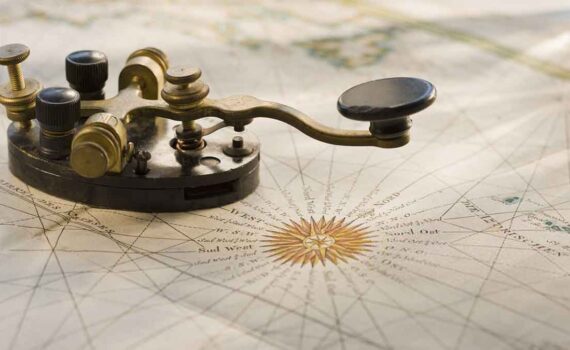Where can you find slow-transmitting CW stations (QRS)? Frequencies for QRS activity. 80 m 3.550 – 3.570 kHz 20 m 14.055 – 14.060 kHz 15 m 21.055 – 21.060 kHz 10 m 28.055 – 28.060 kHz QRS stands for: transmit slower. QRQ stands for: transmit faster. Do you have key […]
Radio Amateurs
A major advantage of a CW QSO is the narrow band it uses (hundreds of Hz) when both stations in the QSO are broadcasting on exactly the same frequency. In most standard connections, both stations transmit on the same frequency (simplex). Or, to put it another way, each is on […]
CW Contests The contest means speed, efficiency and accuracy. So, transmit only what is strictly necessary. The most effective CQ in a contest is the following: “GM3ZZZ GM3ZZZ TEST”. The word TEST should be at the end of your CQ call. Why? Because anyone passing through your frequency at the […]
Use of “?” instead of “QRL” Before using an apparently free frequency, you should check to see if anyone is here (perhaps you can’t hear one of the correspondents in the QSO because of the walkthrough). The normal procedure is: transmit “QRL?” (on CW) or ask “is this frequency in […]
A QRP station is a station transmitting a maximum power of 5 W (CW) or 10 W (SSB). Some operators consider QRP operation to be “aerobatics”, especially below 1 W. Don’t spoil their fun. If you are operating at low power, do not transmit your initial as “LZ2ZZZ/QRP”, this is […]
Some call it “BT” because it sounds like the letters B and T rendered without a space (as “AR” is rendered without a space), but it’s the equal sign (=), also called the “delimiter ” of CW. DAH DIT DIT DIT DAH fills the pauses for a few seconds while […]
Let’s assume that W1ZZZ is calling CQ and you want to QSO with him. How do you do this? Do not transmit at a higher rate than the station you are calling. Do not transmit the initial of the station you are calling more than once; very often the initial […]
What should you do first? Decide which scope you will use. What range has good mileage for the road you want to cover? The monthly MIC (Maximum Usable Frequency) tables published in magazines and on many sites can help you in this regard. Check which parts of the range are […]
